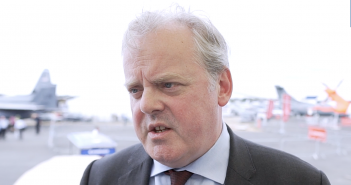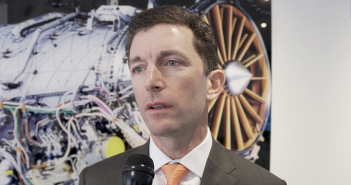
Pratt and Whitney’s Bromberg on Reducing F135 Engine Costs for F-35, GatorWorks, Digital Depot
Matthew Bromberg, president of military engines at Pratt and Whitney, discusses the company’s strategy for reducing production and sustainment costs of its F135 engine that powers the Lockheed Martin F-35 Lightning II fighter, what kind of investment will be needed to make these cost cuts happen, the company’s Digital Depot concept, its new GatorWorks business unit focused on rapid, agile engine prototyping , and much more in a wide-ranging, July 16, 2018, interview with Defense & Aerospace Report Editor Vago Muradian at the 2018 Farnborough International Airshow outside London. Our coverage is sponsored by Farnborough International and Leonardo DRS.

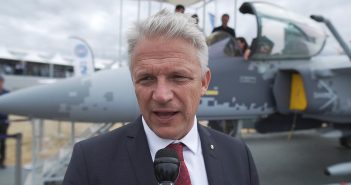
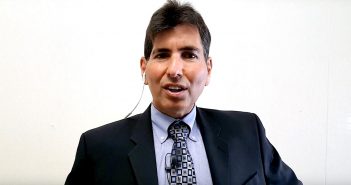
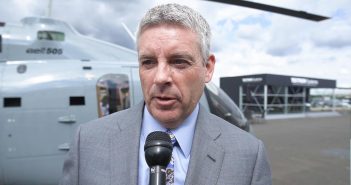
![Defense & Aerospace Business Report Podcast [July 18, 2018]](https://defaeroreport.com/wp-content/uploads/2018/03/Podcast-Tile-March-21-2018-1-351x185.png)




